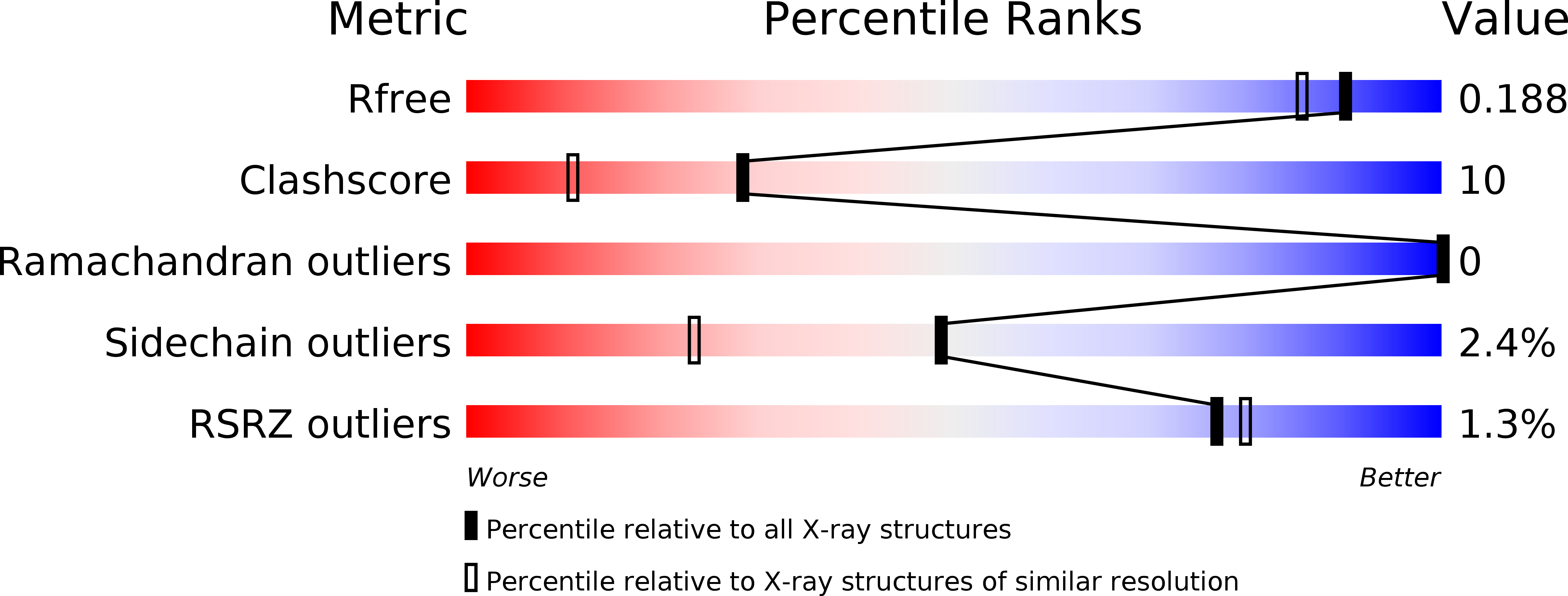
Deposition Date
1999-12-03
Release Date
2000-05-16
Last Version Date
2024-11-13
Entry Detail
PDB ID:
1DW9
Keywords:
Title:
Structure of cyanase reveals that a novel dimeric and decameric arrangement of subunits is required for formation of the enzyme active site
Biological Source:
Source Organism:
ESCHERICHIA COLI (Taxon ID: 562)
Host Organism:
Method Details:
Experimental Method:
Resolution:
1.65 Å
R-Value Free:
0.18
R-Value Work:
0.15
Space Group:
P 1


